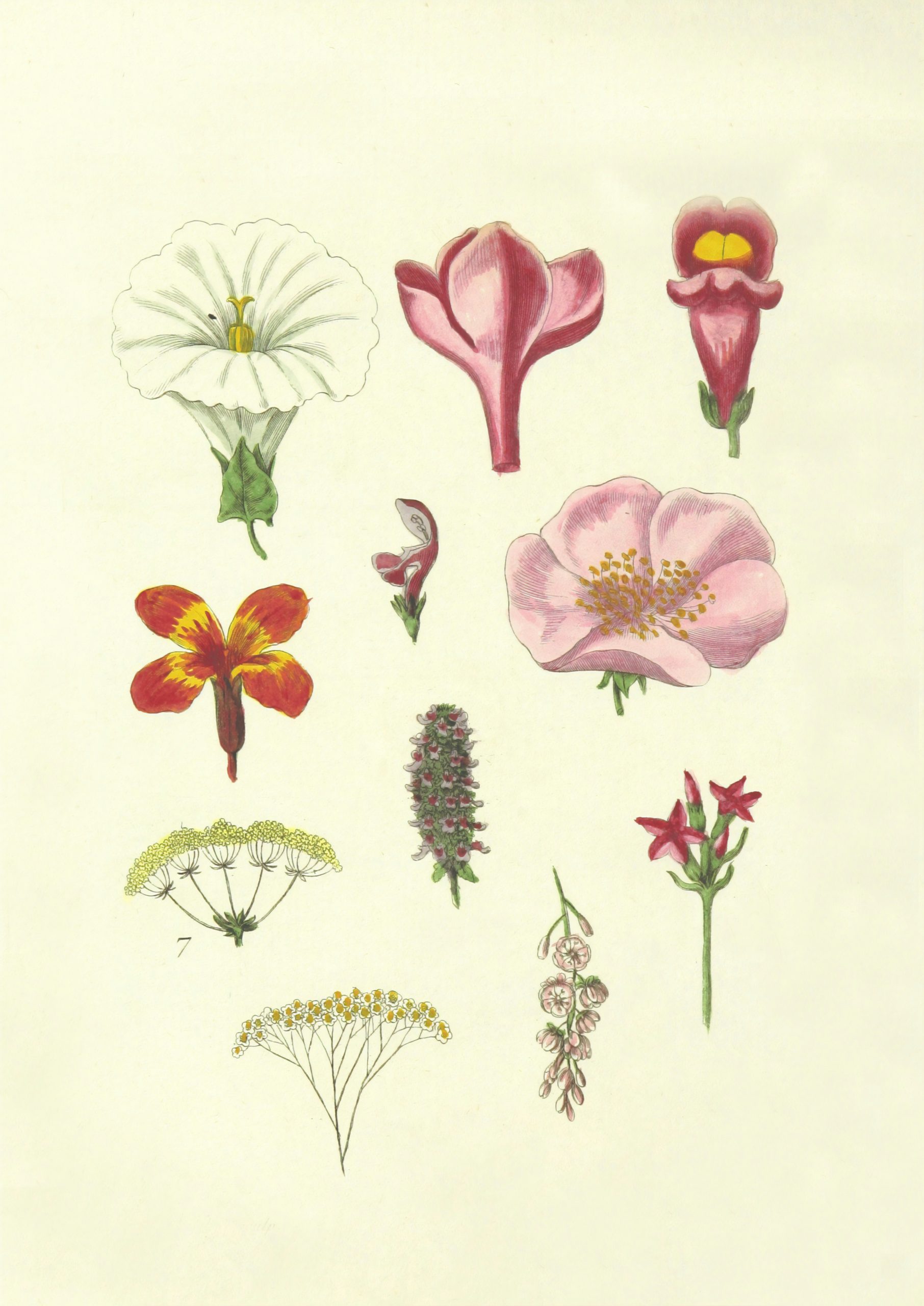
Classic illustration has profoundly influenced modern art, creating a lasting impact that extends across various forms and mediums. From storytelling techniques to visual elements, the connection between these two artistic worlds is both evident and enduring. This article explores how traditional illustration continues to shape modern creativity and influence artists, trends, and visual storytelling.
Bridging the Past and Present in Visual Storytelling
Classic illustrations from the 18th and 19th centuries, such as those by John Tenniel or Aubrey Beardsley, introduced visual storytelling methods that remain central to modern art. Techniques like intricate line work, ornate patterns, and careful use of symbolism still resonate in contemporary design. Modern artists borrow from these traditional methods, seamlessly incorporating them into digital art, comics, and other forms. For example, illustrations in graphic novels today often resemble woodcut prints from past centuries, reinforcing the idea that the narrative potential of older styles remains relevant.
Moreover, this influence extends beyond aesthetics. Classic illustration taught artists to convey emotion and movement through static images. Contemporary painters and illustrators employ similar techniques to evoke moods, using color palettes and visual metaphors drawn from older works. These connections emphasize the seamless transition between eras, proving that art from the past is not obsolete but, instead, an essential part of modern creativity.
Reinterpreting Techniques in Modern Media
Modern artists have reinterpreted many of the techniques pioneered by classic illustrators, often merging traditional elements with new technologies. For instance, cross-hatching and stippling, which originated with engraved illustrations, have found new life in digital and tattoo art. Additionally, minimalist design movements borrow heavily from Japanese Ukiyo-e prints, an ancient form of illustration, demonstrating the power of reinterpreting time-honored techniques.
This blending of old and new also encourages experimentation, as contemporary artists push the boundaries of what defines illustration. Artists may use traditional methods to create surreal compositions in Photoshop or blend ink drawings with augmented reality. This fluidity between classic and modern approaches opens new doors, allowing art to evolve while paying homage to its origins.
The Influence on Branding and Commercial Art
The impact of classic illustration is also apparent in the world of branding and commercial art. Many companies today employ hand-drawn illustrations and vintage aesthetics to create logos and advertisements, connecting consumers with a sense of nostalgia. Techniques like engraved lettering and ornamental borders, once found in old book covers, now shape modern packaging design. Companies such as luxury brands intentionally evoke these styles to communicate craftsmanship, quality, and heritage.
Furthermore, the resurgence of retro aesthetics in advertising campaigns highlights the timeless appeal of classic illustration. Whether through posters or social media graphics, businesses often turn to illustrative techniques from previous centuries to attract audiences. This trend demonstrates how effectively traditional art methods can communicate emotions and ideas, even in a fast-paced, digital world.
Preserving the Legacy through Education and Innovation
Art education plays a vital role in preserving the influence of classic illustration in modern practice. Art schools often include traditional illustration techniques in their curricula, emphasizing the importance of understanding these methods before exploring contemporary approaches. Many students, through studying the works of Alphonse Mucha or Gustave Doré, develop an appreciation for the technical precision and narrative depth these masters achieved.
On the other hand, innovation remains essential in keeping these traditions relevant. Many artists are blending classic and modern elements to challenge the boundaries of artistic genres. For example, gallery exhibitions increasingly feature works that merge classical motifs with modern-day themes, giving viewers a fresh perspective on historical art forms. These efforts reflect the evolving nature of art while ensuring that the legacy of classic illustration continues to inspire future generations.
Timeless Artistry in a Changing World
Classic illustration’s influence on modern art demonstrates the enduring value of traditional techniques and aesthetics. Whether through visual storytelling, branding, or artistic innovation, the elements that defined illustration centuries ago remain potent tools in contemporary creativity. As artists continue to reinterpret and reinvent these methods, the boundaries between the past and present blur, proving that art is a continuous, ever-evolving journey. This dialogue between eras not only enriches the art world but also ensures that the spirit of classic illustration remains vibrant in a rapidly changing artistic landscape.